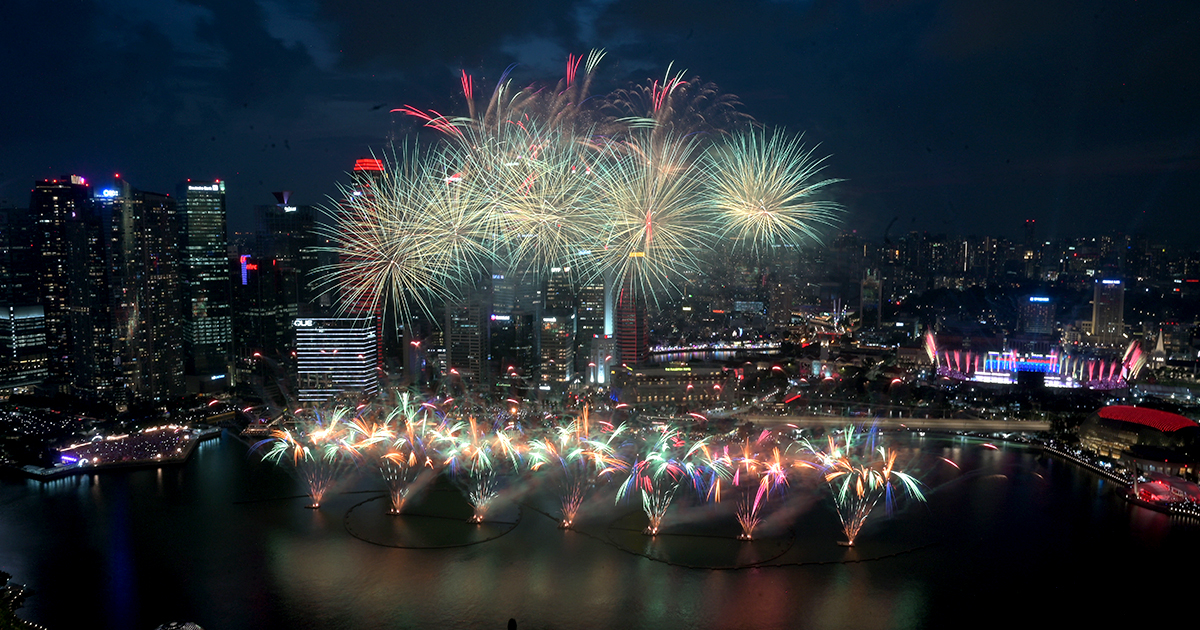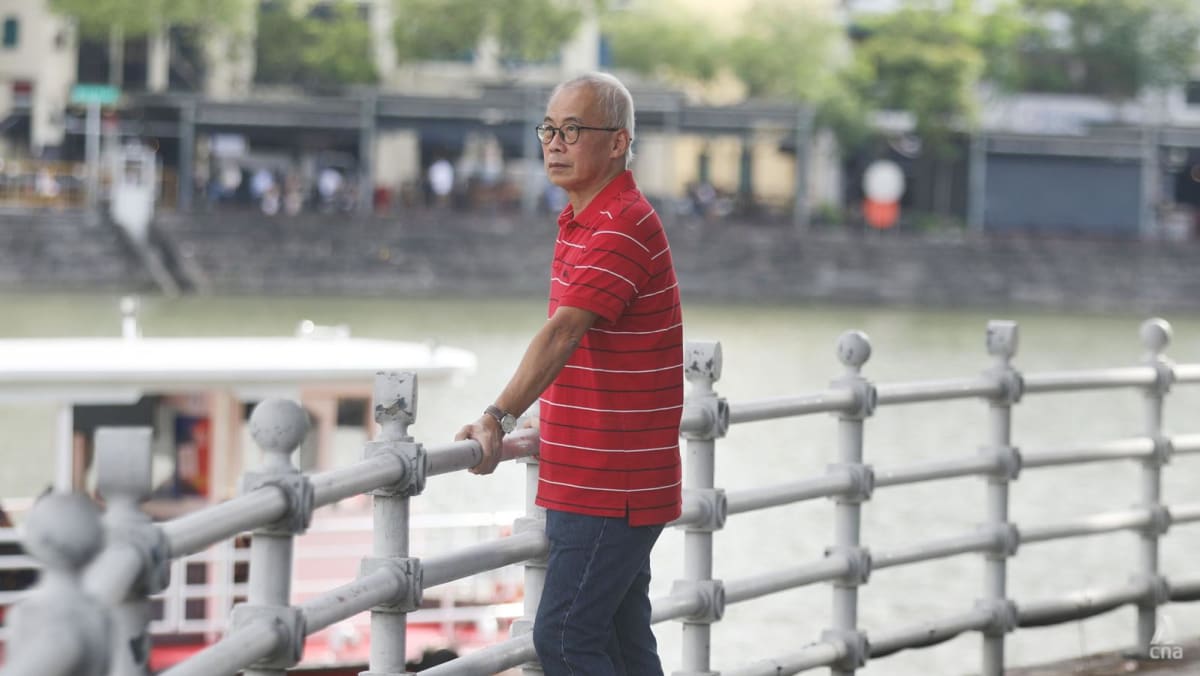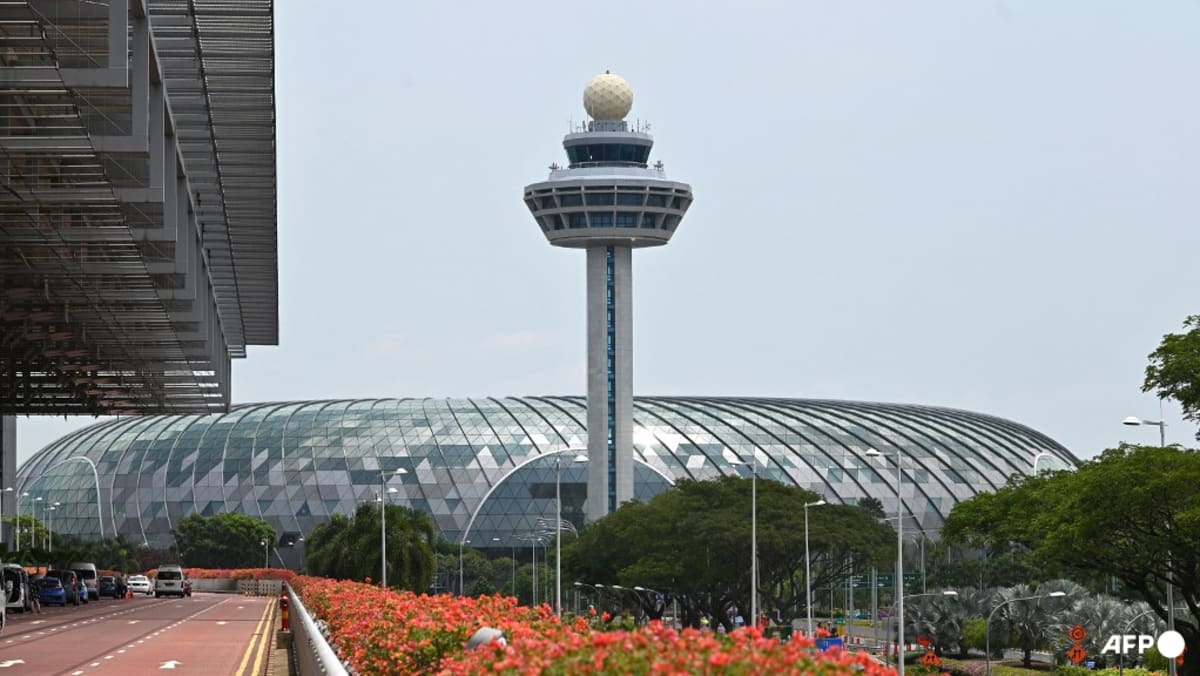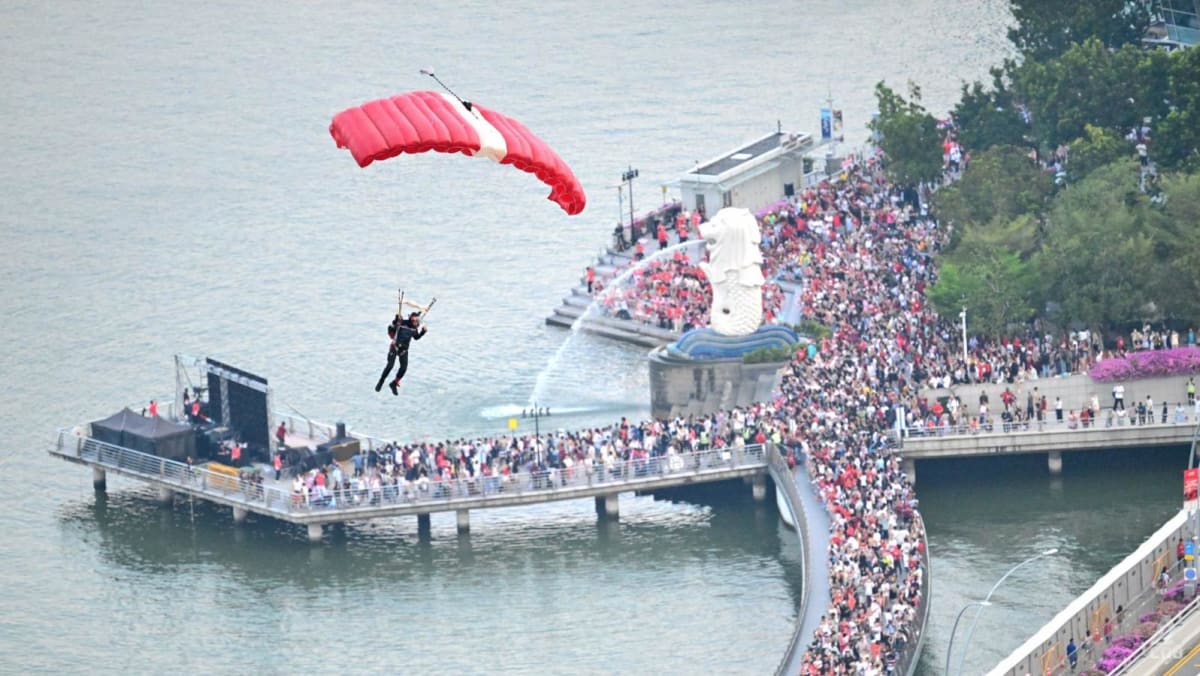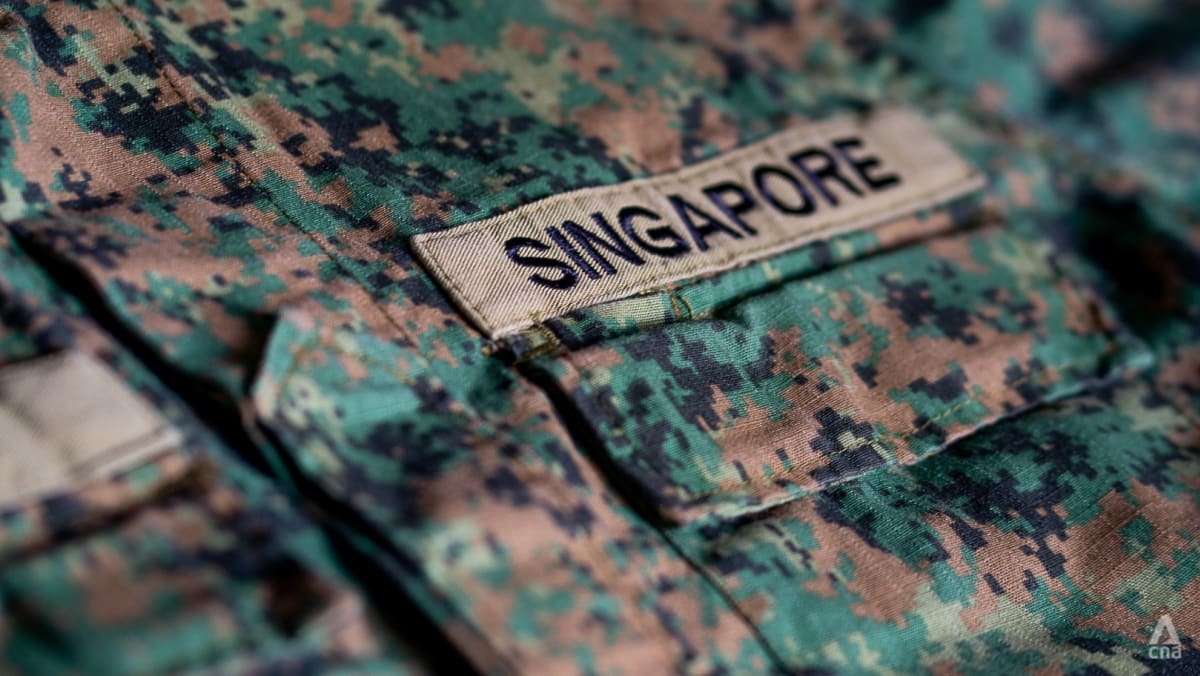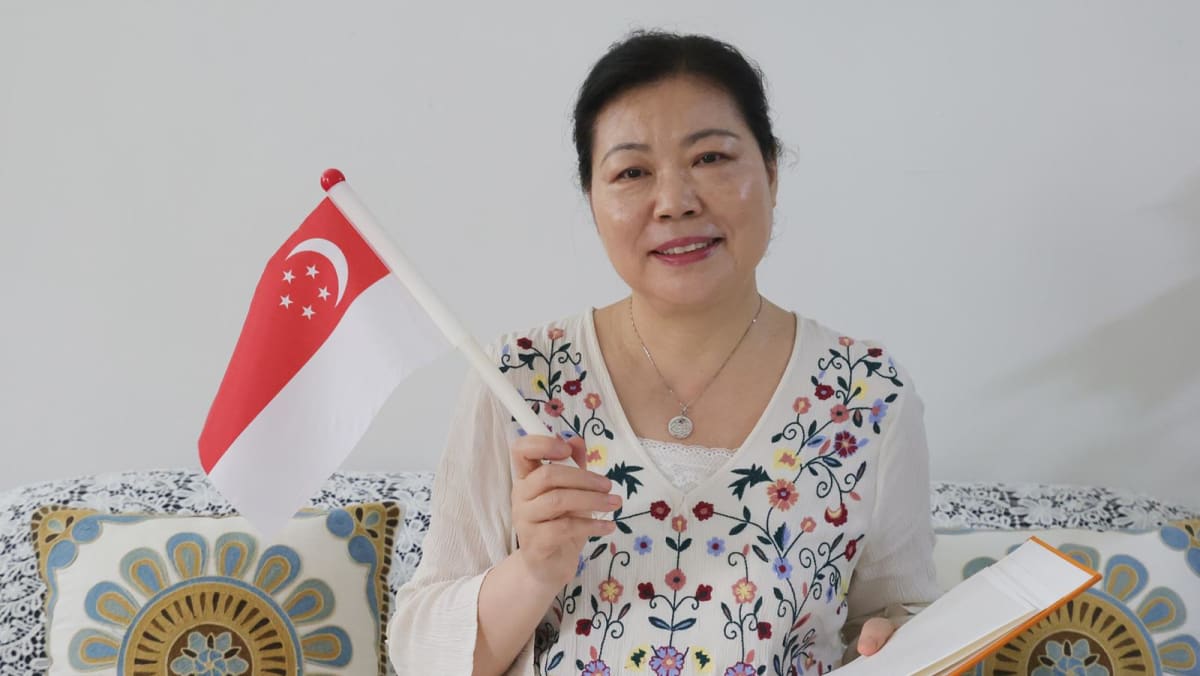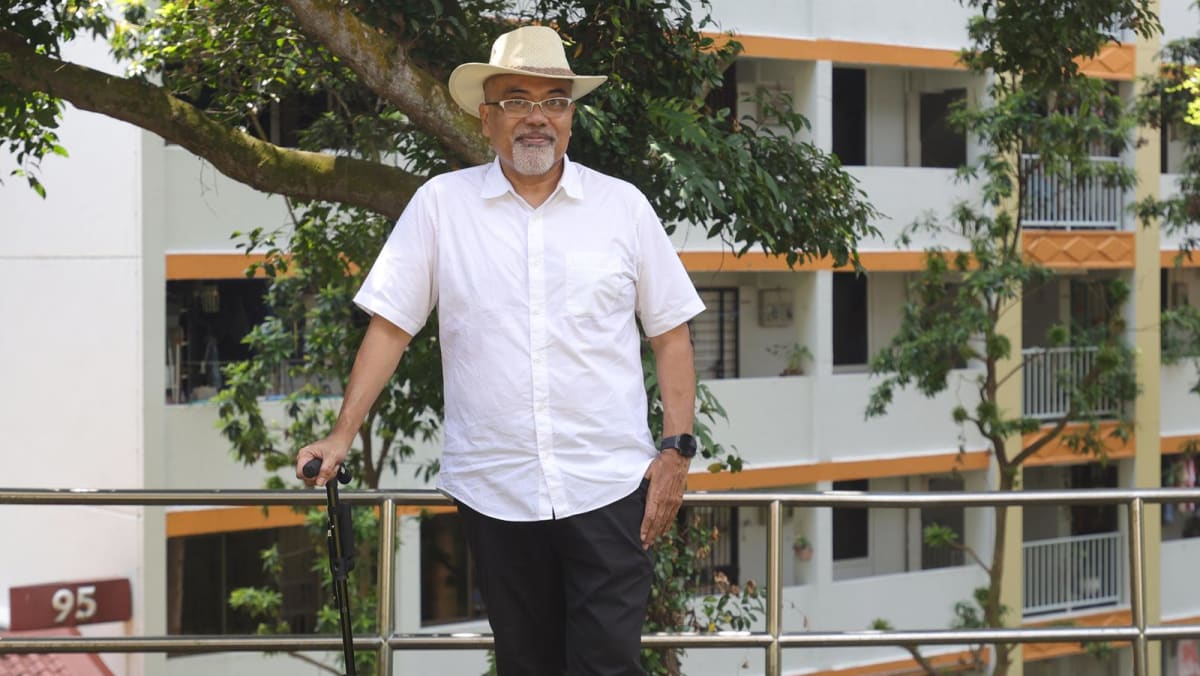Recently, I took a long walk along the Singapore River. I’ve walked the river countless times before, but this time, as a retiree, I could afford to take it slow.
What began as a leisurely stroll soon turned into a journey through the pages of our nation’s history.
And as I walked, I thought: How fitting that I am traversing the river of Singapore’s history now, as we commemorate the 60th anniversary of our hard-won independence.
My first stop was the Merlion statue overlooking Marina Bay, at what is now known as the Merlion Park opposite The Fullerton Hotel.
At 8.6m high, this monument is tied to how Singapore got its name. The fish body represents the island’s beginnings as a fishing village called Temasek.
The lion’s head, however, is less straightforward.
As the story goes, a Palembang prince named Sang Nila Utama landed on our shores and named the island Singapura in the year 1299 – more than 500 years before the British arrived, although the actual date is now disputed among historians.
“Singapura” is nowadays taken to mean “lion city” in Sanskrit, a literal translation.
However, when I was in primary school in the 1960s, our history teachers told us that “singa” meant “lion” in Malay and “pura-pura” meant “false” or “phony”. From what they taught, it was said that an aide to Sang Nila Utama had told him lions didn’t exist in the region, so he must have seen a false lion – something that looked like a lion but wasn’t.
Despite the confusion and debate over the true origins of the Singapura name, I still prefer this version of a false lion. Somehow, it feels like something that could have happened.
Trivia: The Merlion was designed in the early 1960s by Mr Alec Frederick Fraser-Brunner, the British curator of the former Van Kleef Aquarium who studied fish and aquatic creatures. It served as the corporate logo for the Singapore Tourist Promotion Board, now the Singapore Tourism Board, from 1964 to 1997.
SINGAPORE’S GLOBAL PRESENCE
The Merlion statue was unveiled on Sep 15, 1972, by Prime Minister Lee Kuan Yew at what is now the Waterboat House Garden. It was later relocated to its current position at the Merlion Park in 2002.
